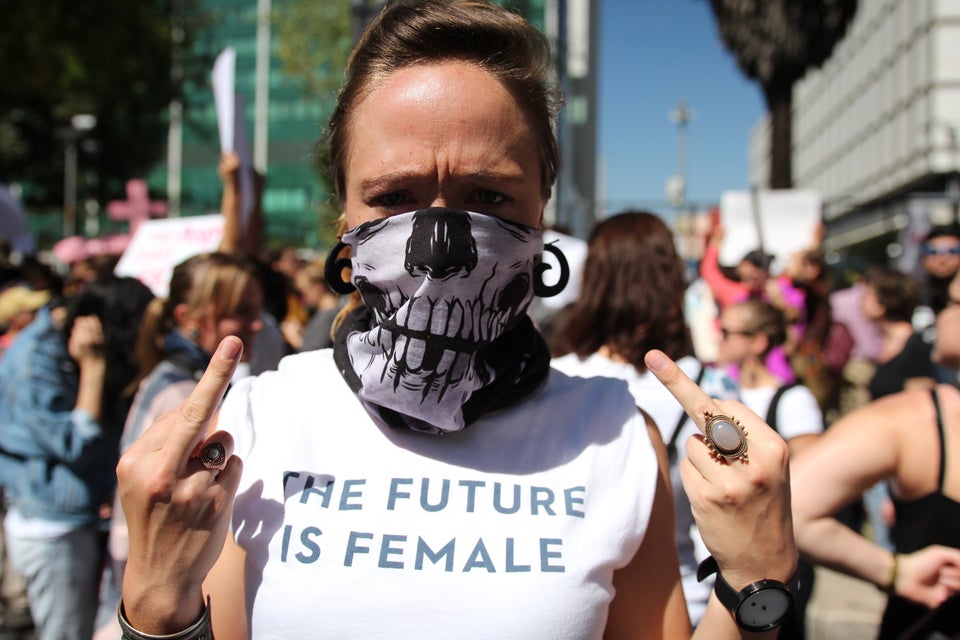Although an estimated 2.6 million people around the world joined the Women’s March this past weekend, some women of color felt conflicted over the issue of intersectionality at the event and chose not to attend.
Linda Sarsour and Tamika Mallory, two of the co-chairs behind the march, sat down with The Huffington Post on Wednesday to address the issue of intersectionality at the rally.
While the conversation about intersectionality and the perils of “white feminism” isn’t new, the march resurfaced the issue. The event’s initial organizers were criticized for naming the rally the Million Women’s March, essentially taking the name of demonstrations that were organized by black activists in the mid-1990s, as Vox reported. The organizers renamed the event and reached out to women of color to help lead the event, but some women still remained skeptical. Historically, people of color and other minorities have not always been included in women’s rights movements.
Mallory acknowledged the legitimacy of the concerns, but explained to HuffPost’s Alex Berg why she felt compelled to get involved in the march.
“It wasn’t easy, particularly being a black woman knowing that black women were specifically raising righteous concerns. And I have to say that it wasn’t just whining. It wasn’t just being angry for no reason,” Mallory said. “I wanted to ensure that there was no way that I would allow a convening to happen in this country, where women of color were not just a part of the conversation but rather helping to set the tone for what the conversation would be.”
Sarsour added that “within 48 hours” after the Women’s March Facebook event was created, women of color were joining the event planning team to “leverage this opportunity” for marginalized communities.
According to Sarsour, the women of color who helped plan the event had “courageous conversations” with their white counterparts about the issues that affect their communities. And the team saw to it that women of color weren’t just “tokens” in the process.
“I was head of fundraising. Tamika did a lot of the operations work. Carmen Perez was the head of the partnerships,” Sarsour said. “So we weren’t just sitting around with our pretty faces. We were directing this march. We were helping to set the agenda. And we made sure our sisters our native sisters, our Mexican sisters, our undocumented sisters, trans women of color, that we were the march.”
Watch the video above to hear more about the debate over intersectionality at the Women’s March on Washington.


